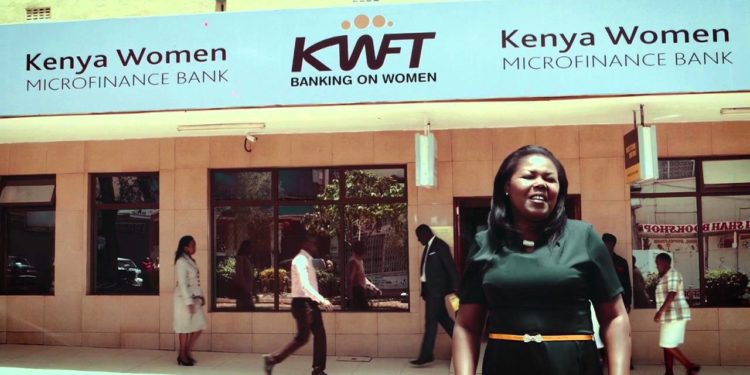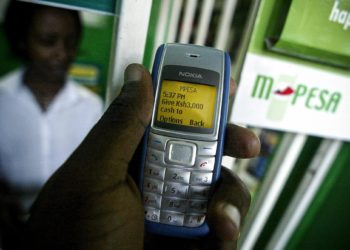Kenya’s Microfinance Banks (MFBs) reported a combined pre-tax loss of KES 2.4 billion as of December 31, 2023, deepening from the KES 980 million loss recorded at the same time in 2022.
According to the Central Bank of Kenya, seven institutions reported profits while the remaining seven posted losses. The major contributors to the sector’s losses were Kenya Women Microfinance Bank Limited, Faulu Microfinance Bank Limited, and Rafiki Microfinance Bank Limited, with pre-tax losses of KES 938 million, KES 719 million, and KES 434 million, respectively.
The sector’s performance decline was driven by a 6.0% increase in expenses, rising to KES 13.9 billion in 2023 from KES 13.1 billion in 2022, and a 3.0% decrease in revenue, to KES 12.8 billion in 2023 from KES 13.2 billion in 2022. Key expense drivers included impairment losses on loans and increased staff costs, which surged by 957.0% and 18.0% respectively, to KES 1.2 billion and KES 4.3 billion in 2023 from KSh114 million and KSh3.7 billion in 2022, due to loan write-offs and higher staffing expenses.
Fees and commissions from the loan portfolio and non-operating income saw the most significant declines, dropping to KSh919.3 million and KSh19.8 million from KSh1.1 billion and KSh509.2 million respectively, in 2022. This reduction was attributed to increased competition from commercial banks and digital lenders, leading to a 4.7% decrease in loan advances, as well as reduced rental income following the disposal of property by one MFB.
The sector’s return on equity decreased by 24.0%, resulting in a negative 35.0%, while the return on assets dropped by 3.0%, standing at negative 4.0%. The ratios of core and total capital to total risk-weighted assets declined by 3.0% and 4.0% to 10.0% and 12.0%, respectively, due to the KES 2.4 billion loss incurred in 2023. Although these capital ratios remained marginally within the minimum requirements of 10.0% and 12.0%, three institutions were non-compliant.
The sector’s liquidity stood at 63.0% as of December 31, 2023, with one institution failing to meet the statutory minimum liquidity ratio of 20.0%.
The branch network of the microfinance sector increased by two in 2023, bringing the total to 115 branches. LOLC MFB, Salaam MFB, and Caritas MFB each opened one branch, while Branch MFB closed one. The number of marketing offices decreased to 50 in 2023 from 57 in 2022, with the sector opening 10 and closing 3 offices.
Additionally, the agency network contracted to 677 in 2023 from 921 in 2022, as the sector engaged 35 new specific third-party agents and closed 263 agents.


















